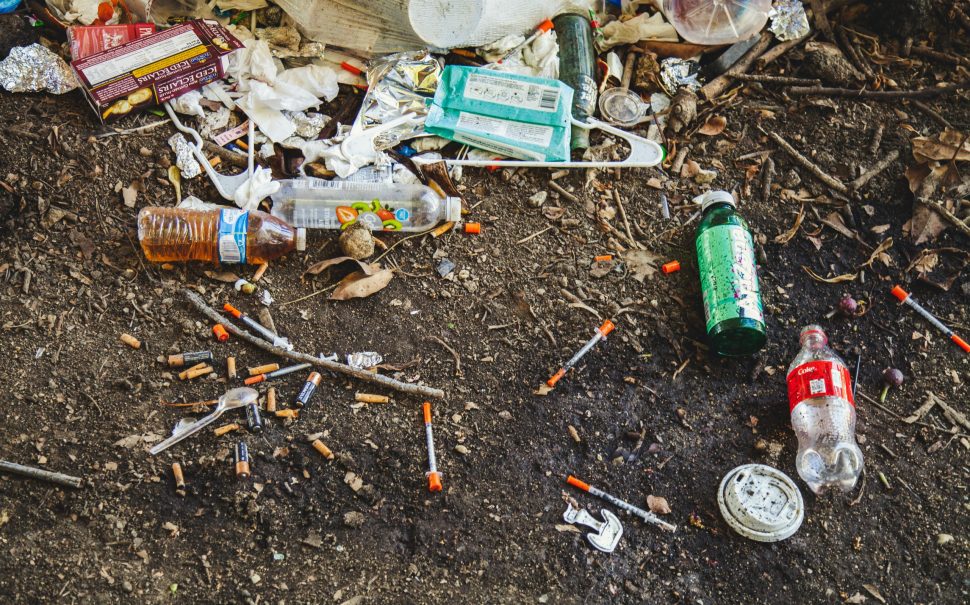Drug-related death rates in London have increased nearly three-quarters since 2011, according to the ONS.
While the capital still records a lower death rate than other parts of the country, the upward trend is steep, persistent and, according to specialists, increasingly driven by a convergence of risks that did not exist a decade ago.
Much of the rise is tied to the profile of those most at risk with the national data highlighting overdose deaths have largely been from Generation X, a cohort who first used heroin or other drugs in the 1980s and 1990s, known as the ‘Trainspotting generation’.
As this generation enters their 40s and 50s, they have become more vulnerable to the respiratory issues involved with opioid use.
Will Haydock, the Executive Director of Policy and External Affairs at drug charity Collective Voice, said: “If you imagine someone as they get older and say they’ve been smoking and using drugs for a good period of their life, their respiratory system isn’t going to be as strong.
“So the same dose of opioids could potentially be more life threatening in their 40s or 50s than it was in their 20s.
“This cohort has been dying at higher rates from drugs throughout their adult life.”
While death rates for those under 30 have remained relatively stable, the drug death rates for the 30-39, 40-49, 50-69, 70+ age cohorts have increased 36%, 130%, 253%, and 72% respectively.
And although drug death rates for 20-29 year-olds used to be higher than 50-69 year-olds, that has now switched, with death rates for the older group far exceeding those of the younger.
Across London, the two biggest jumps in deaths come between 2013 and 2014, and 2021 and 2024.
The latter jump can, in part, be attributed to the proliferation of nitazenes and other synthetic opioids, with their rise being linked to the fall in heroin exports from Afghanistan after the Taliban took power in 2021.
In two of the fastest growing boroughs for drug deaths, Brent and Lambeth, the rate doubled and increased by half respectively between 2020 and 2024, revealing an impact that spans both outer and inner London.
The ONS notes that, nationwide, deaths involving nitazenes increased four times year-on-year, from 52 in 2023 to 195 in 2024.
These lab-made opioids can be dozens of times stronger than heroin and often appear unexpectedly in heroin, benzodiazepines or other drugs.
Vicki Markiewicz, an Executive Director of Change Grow Live, the UK’s largest drug and alcohol treatment provider, said: “Nitazenes have catastrophic effects on your breathing.
“If you take a nitazene, you effectively stop breathing, and you can go into an overdose very, very quickly.”
Dealers, users, and support services alike are much less informed about these drugs than about heroin, which puts users at an increased risk.
Haydock said: “The people dealing those substances know less about how to manufacture, mix, and cut them, so you might find that dosages are off.
“For the people using them, it’s harder to get the dosage right because they’re both potent and unfamiliar.
“And then the first responders are less familiar with these as well, so we know less about their immediate effects.”
The earlier jump in drug deaths can be linked to the austerity policy of the coalition government, which Haydock claims began to affect drug treatment around 2013.
Both Markiewicz and Haydock emphasise that the rise in deaths tracks closely with a decade of cuts to treatment and local support services.
This can be seen in Southwark and Hammersmith, where death rates increased 138% and 167% between 2013 and 2018.
From 2012 onwards, drug services funded through the public health grant faced major cuts.
Markiewicz said: “You’re only really able to focus on life-saving interventions.
“All the prevention, education, and recovery support have been squeezed out.”
This created a system increasingly forced to deal with cure rather than prevention.
She continued: “You end up with a workforce who are breaking at the seams because you’ve got limited numbers of staff holding more complex cases.”
Although the 2021 government drugs strategy injected new funding, the future is now uncertain as the ring-fence on that funding has been removed.
Featured image by Jonathan Gonzalez on Unsplash.






Join the discussion